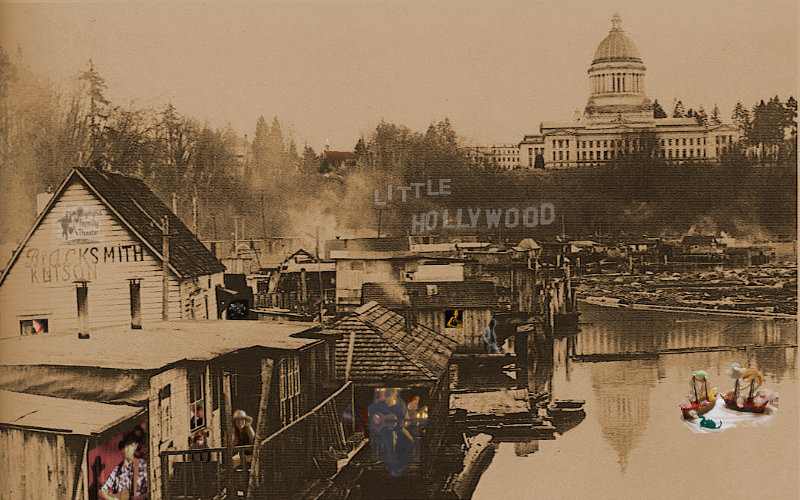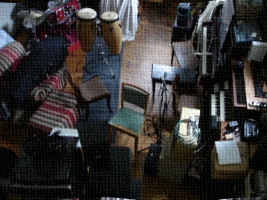
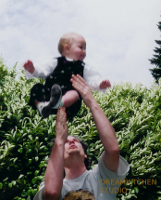
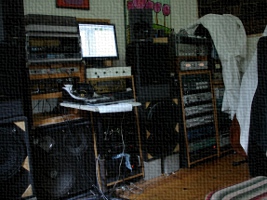
DreamKitchen Studio
Random Postings
October 2nd 2010I'm currently plowing through the archives in order to post the audio on this site. The scale is rather mind boggling. I don't consider myself paticularly old - does one ever? - but I'm struck by the amount of work it is to get through this much history. One piece I'm particulary happy with is making DreamKitchen's early catalog available in a format with better fidelity than the original cassette releases.
April 7th 2010Notes On Producing Senayit:

Here is the unadorned version of Senayit's song Buster as it orginally sounded with just guitar and voice. Here is the same song as originally released with the additional instruments that were added afterwards.
In the Dark is an example of how much thought can go into the simplest recording. This is a live recording in a studio with no overdubs and minimal post production, yet it still required a fair amount of thought.
The considerations started when Senayit walked into the studio with a complete song that she sang for me while accompanying herself on the guitar. From that moment we needed to work to balance the intimacy and freshness of getting an early take against my ability to capture the recording and provide any additonal accompaniment. Should I try and play live while dealing with the engineering? Will the instruments and voice balance out in a live take? What microphones? Placed where? Should we monitor in the headphones to see how we sound in the microphones or just listen to each other in the room?
In this song I set up three microphones; one for the voice and one each for the two guitars. The microphones were placed to allow some ability to balance the sources, but there was a lot of audio bleed - which sounded good and was designed to reduce the need for any artficial reverberation. Headphones were requested by Senayit and so we used them this time (we often don't). I decided it was more important to start recording the song without rehearsing to work out a guitar "part". And after two takes we had recorded "In the Dark".
Perhaps a week later I edited the two takes. I don't honestly remember the edits, which is a good sign because it means I cannot hear them when I listen to the song now. Editing involves it's own set of decisions. Am I fixing awkard moments? Listening for the best parts of each take? How does this edit effect the overall flow of the performance? Every time an edit is made I must listen to both the new version and the old, sometimes twice through from the top, to reassure myself that I am not losing more than I am gaining by manipulating the original recording.
After editing the song was mixed, reviewed, re-mixed and then mastered.
All of this was required just to preserve what we liked about the song in the first place.
But it's worth it. It creates an experience where every now and then a musician will look at me with wonder and say "that was just how I heard it when I was writing it." And that's magic.
March 15th 2010
The music I've done with Chris Sand is now featured in the documentary Roll Out Cowboy. The title song was recorded here in the studio for Chris's first CD. At the time Chris was working hard to balance out his twin interests of country and rap music and I suggested that we work on a collage approach that would allow him to tell a story over a musical bed that incorporated elements of both. I started the process by laying down the musical bed and then he and Camo improvised the spoken words. I did a rough edit of the narrative and then Chris and I worked out the final mix together.
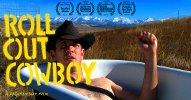 -carl
-carl
